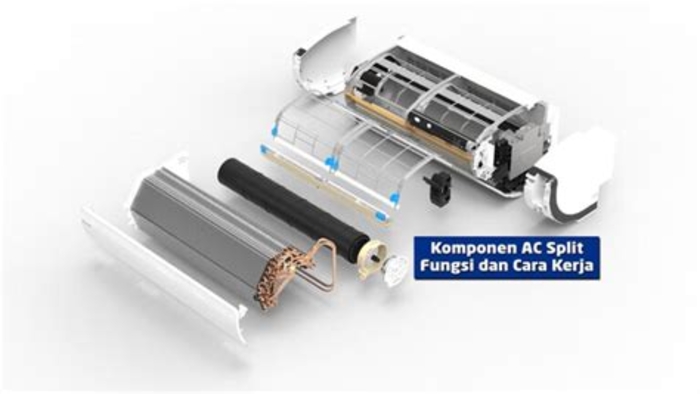Indoor AC Features and Functions: What You Need to Know – During the scorching summer season, air conditioning becomes crucial in upholding a pleasant indoor atmosphere. Indoor air conditioners, commonly referred to as AC units, are designed to regulate temperature and humidity levels within enclosed spaces. This article will explore the key features and functions of indoor AC units that are crucial for their effective operation. more: https://acjakarta.com
Key Features of Indoor AC Units
- Thermostat: The control system of the AC unit, which allows you to set your desired temperature¹.
- Evaporator Coil: Located inside the indoor unit, it absorbs heat from the air in your room¹.
- Air Filter: Traps dust, pollen, and other airborne particles to improve indoor air quality.
- Fan: Circulates the cool air produced by the AC unit throughout the room¹.
- Refrigerant: A chemical compound that transitions between liquid and gas states to facilitate heat exchange.
Essential Functions of Indoor AC Units
- Cooling: The primary function, reducing the indoor air temperature to a comfortable level.
- Dehumidifying: Removes excess moisture from the air, which helps to control humidity levels².
- Air Filtering: Enhances air quality by filtering out contaminants and allergens³.
- Energy Efficiency: Modern AC units come with energy-saving modes to reduce electricity consumption.
- Smart Features: Many units now offer smart connectivity for remote control and scheduling via smartphones or voice assistants.
Benefits of Understanding Your AC’s Features
Knowing the features and functions of your indoor AC unit can lead to better climate control and increased comfort. It also ensures that you are utilizing the unit to its full potential, which can result in cost savings over time. For instance, using the energy-saving mode during peak hours can significantly reduce your electricity bills.
Maintenance Tips for Optimal Performance
To ensure that your indoor AC unit functions efficiently, regular maintenance is necessary
Clean or Replace Air Filters: This should be done every few months to prevent airflow blockage and maintain air quality.
Check the Thermostat: Ensure it is functioning correctly for accurate temperature control.
Inspect the Evaporator Coil: Clean it annually to prevent dust build-up and inefficiency.
Schedule Professional Maintenance: Have a certified technician inspect your AC unit at least once a year.
Conclusion
Indoor AC units are more than just cooling devices; they are complex systems designed to improve the overall comfort and air quality of your living space. By understanding the features and functions of your AC unit, you can optimize its performance, extend its lifespan, and create a more comfortable and healthy indoor environment.
This overview of indoor AC features and functions should empower you to make informed decisions about your air conditioning needs and maintenance. As technology advances, we can expect even more innovative features that will continue to enhance our indoor living spaces.

